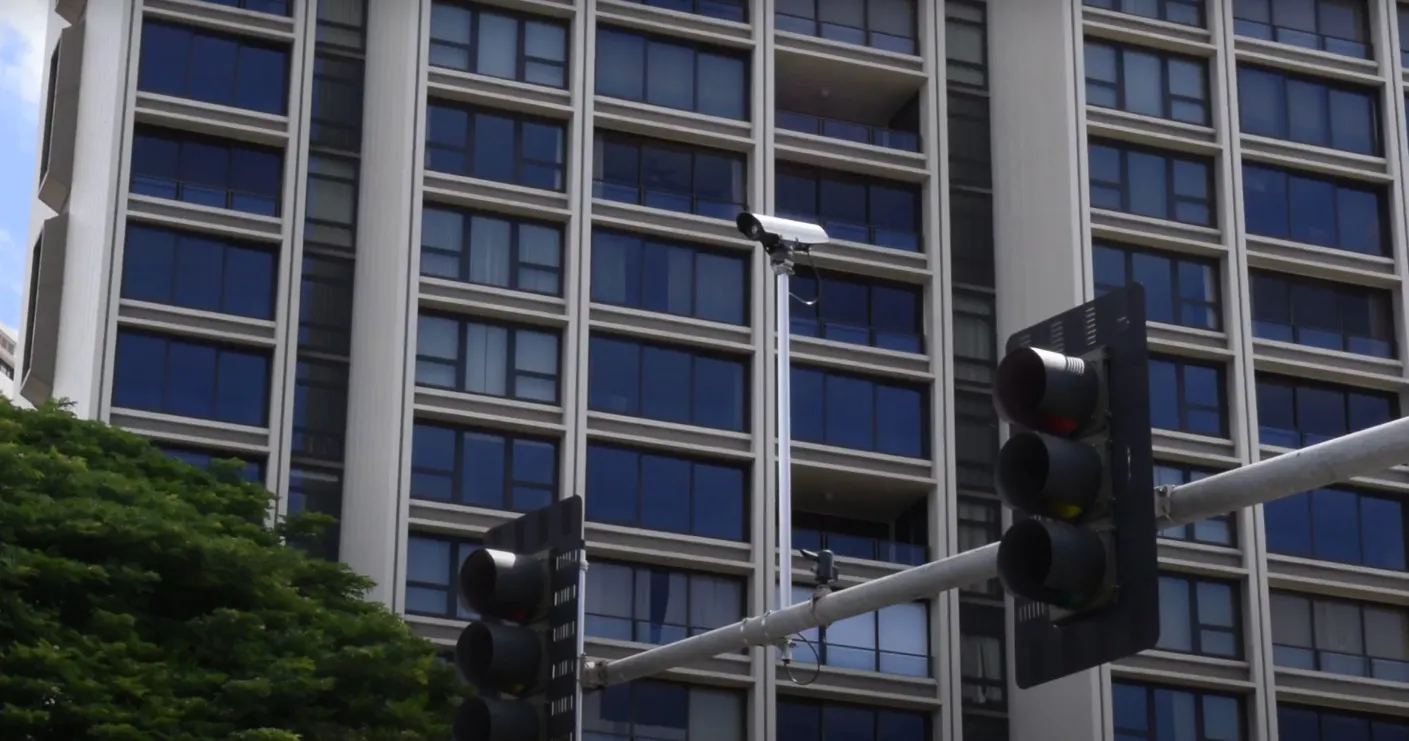
Anyone with a spare brain should stop by the
According to John Sharkey, title, IGOR is the only interconnected grade-crossing operations recorder and warning system that incorporates video data of critical train and vehicle movements at highway-rail grade crossings. It warns traffic information centers that a vehicle or vehicles are in the crossing or that there is a signaling error. Engineers can use that data to dispatch tow trucks or emergency personnel.
Data collected by the solution can also help traffic engineers determine if the timing is right between signal lights. “Timing is critical at these intersections, so it’s important that vehicles are able to safely get off the tracks when a train is approaching. The integrated approach is critical because it gives traffic information centers a holistic view of the entire intersection,” Zabel says.
EDI is also announcing at the show a new version of its MMU2 SmartMonitor traffic control system that has been upgraded to fully comply with the recently upgraded NEMA TS2-2003 (R2008) Standard for Traffic Controller Assemblies, Amendment #4-2012. The new functionality defines Flashing Yellow Arrow (FYA) operation for both the Controller Unit and the MMU. The MMU2 SmartMonitor units can now monitor an intersection with up to four approaches using a four-section FYA movement.








